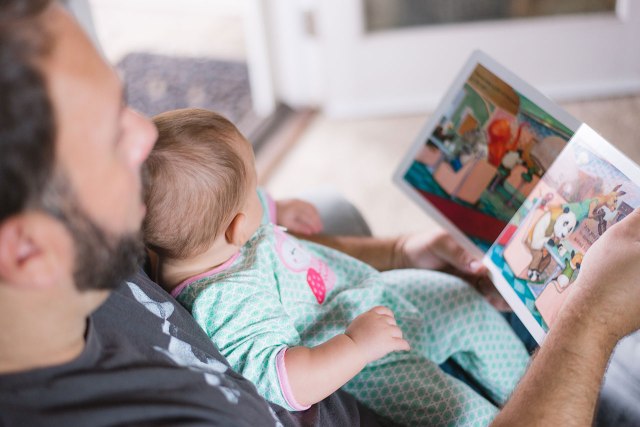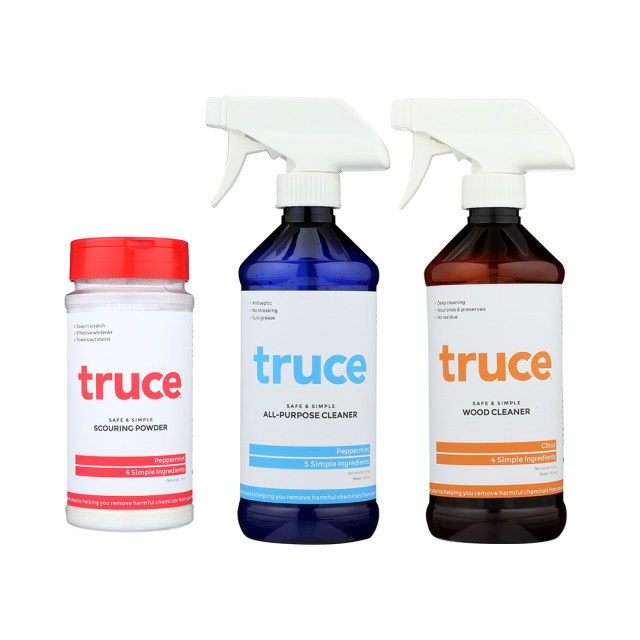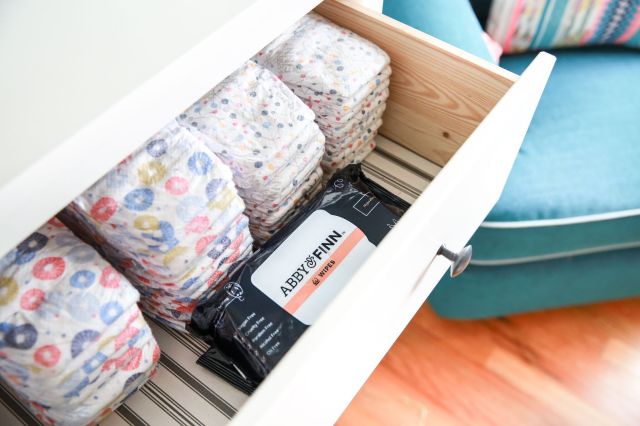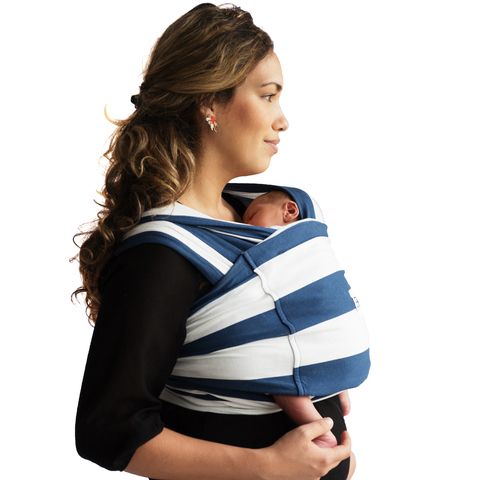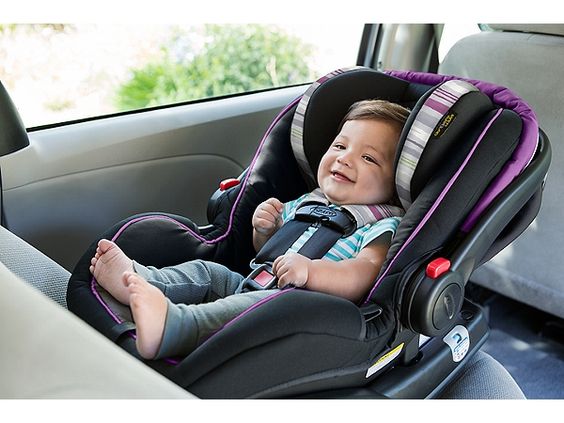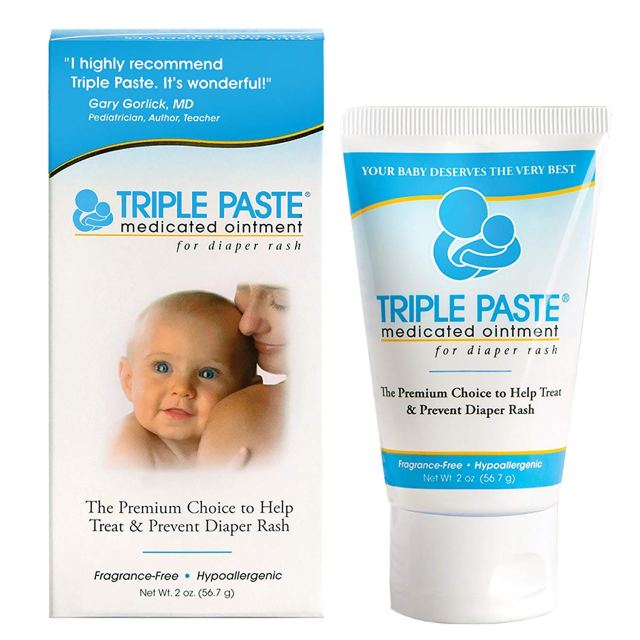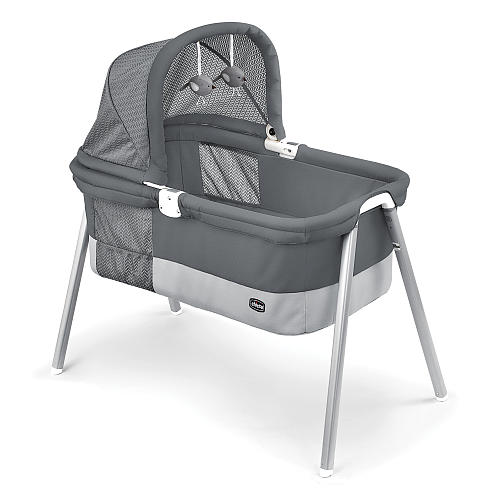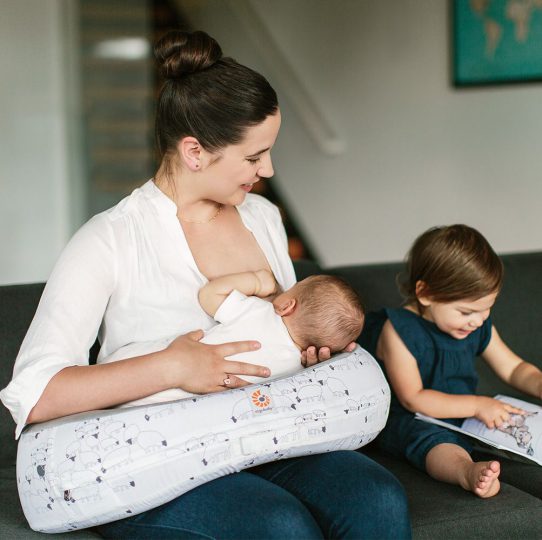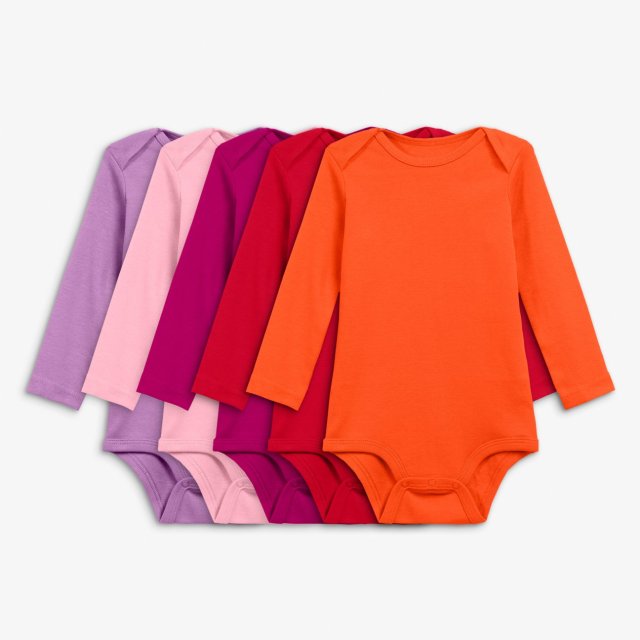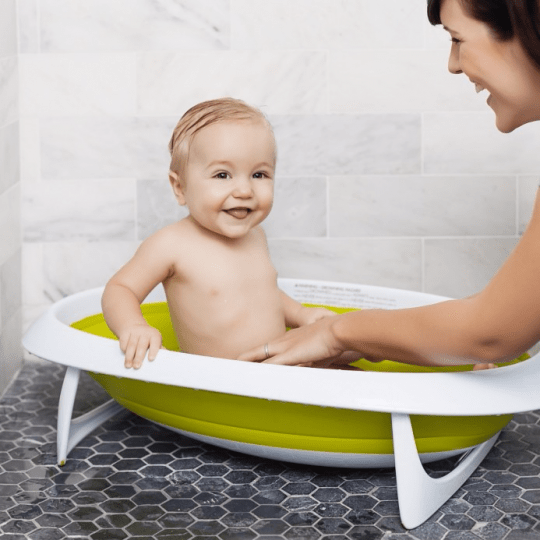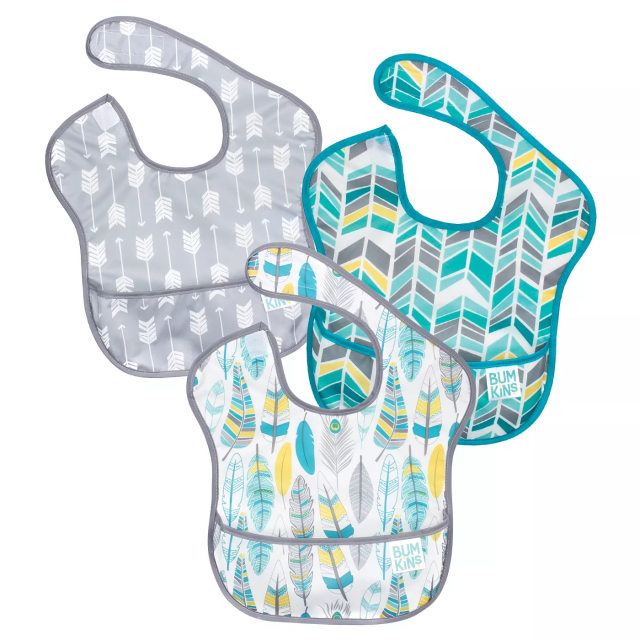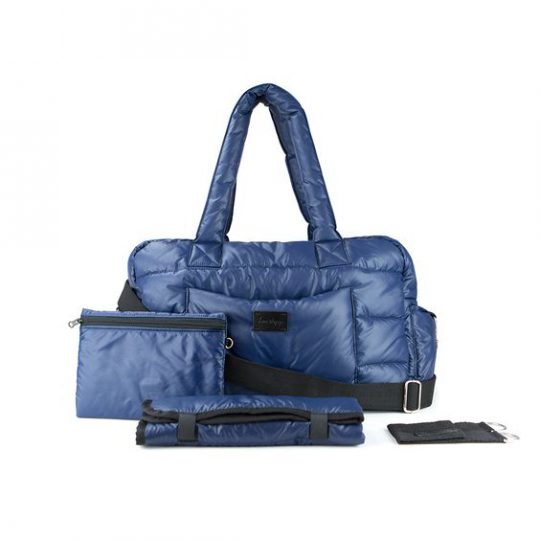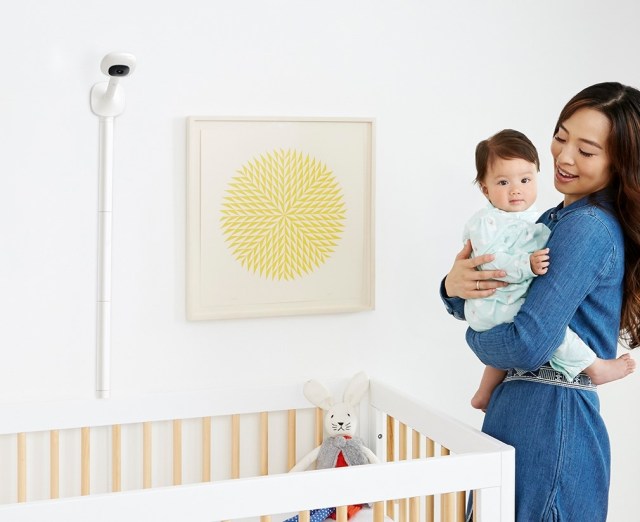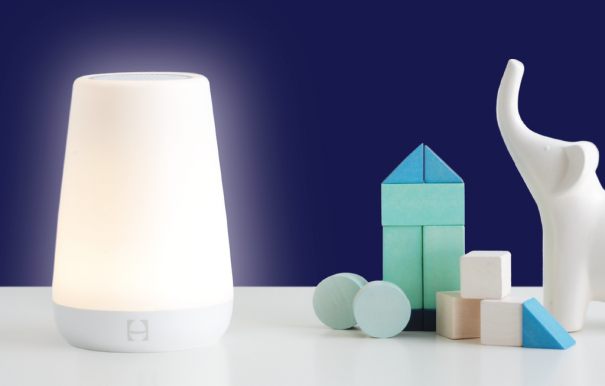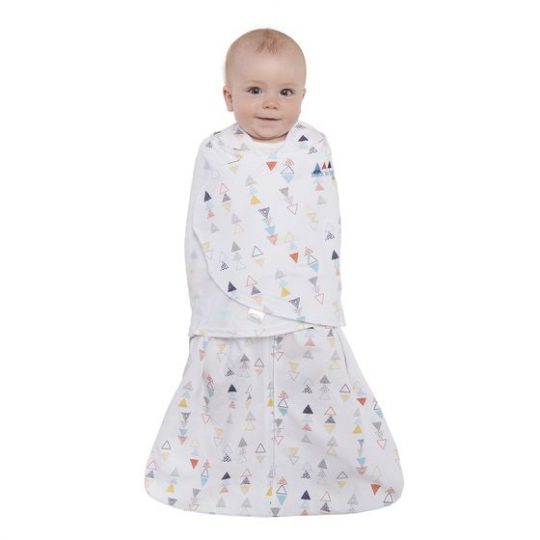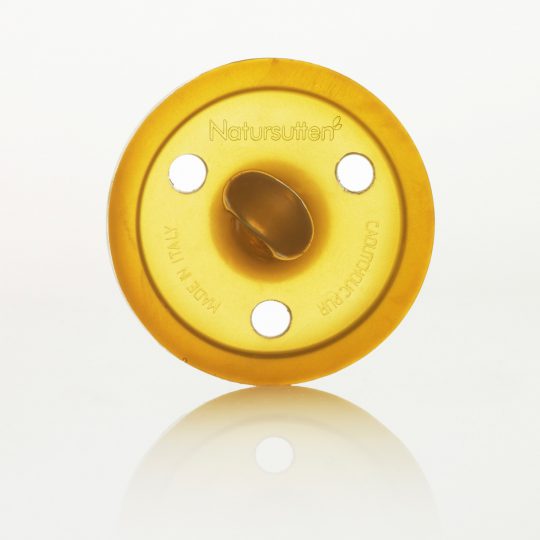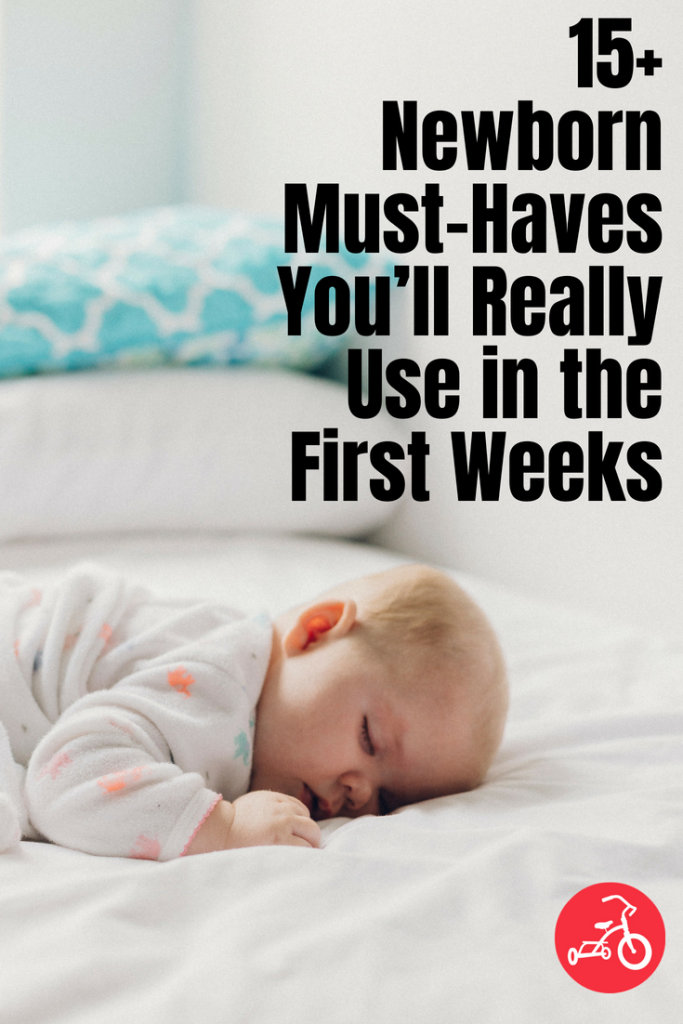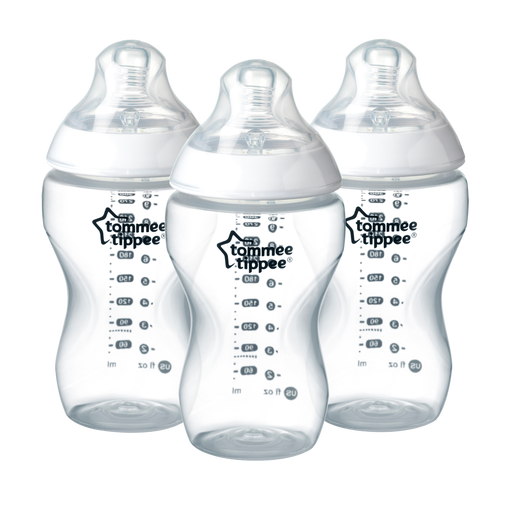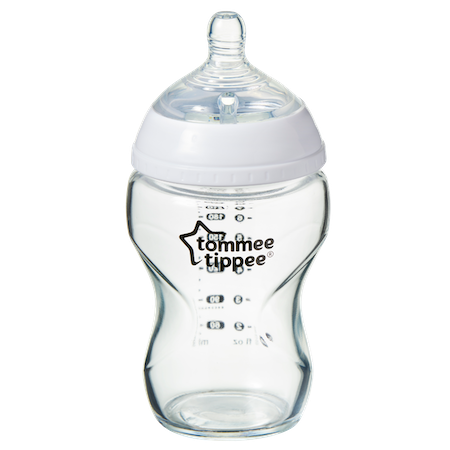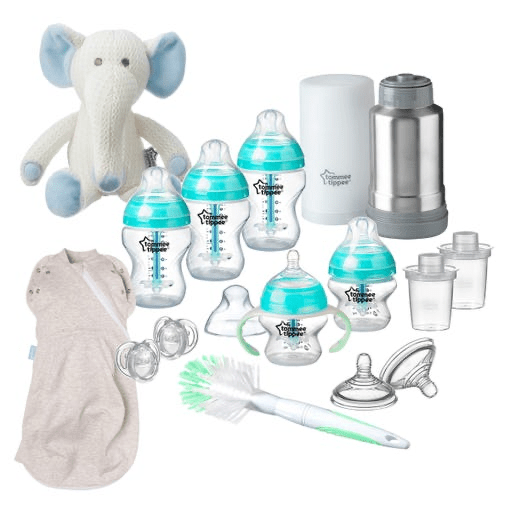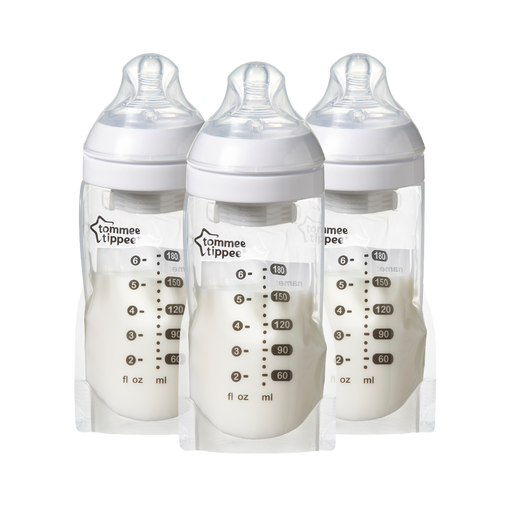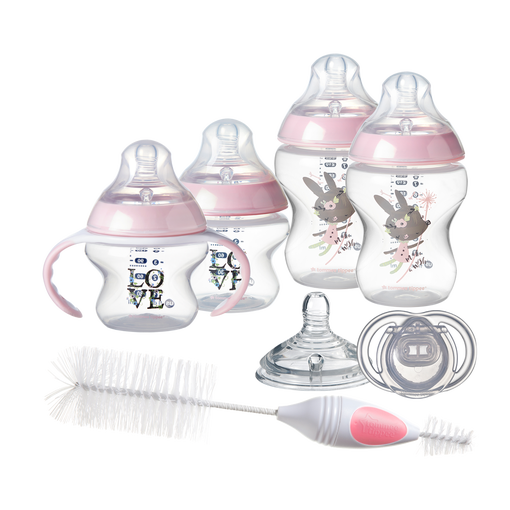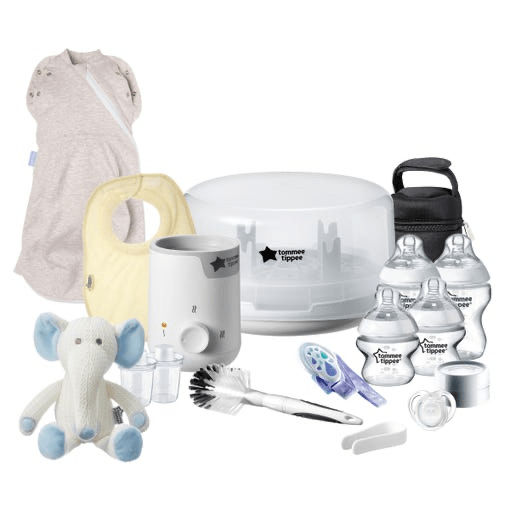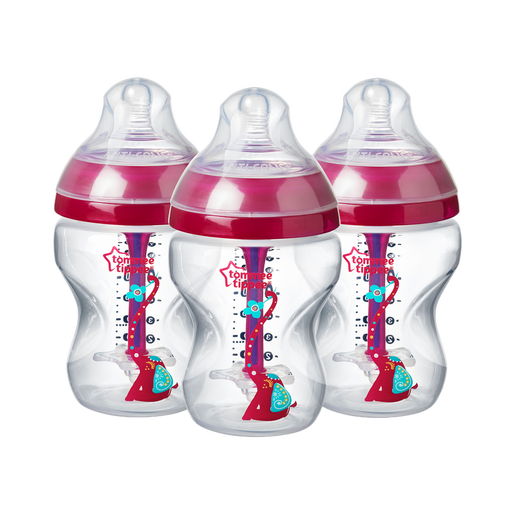
I just finished an early morning exercise class. It was only 45 minutes long. By about minute 40, right when the final stretch got underway, I took a second to look around. Half the class had vacated the room and were on their way to the showers, rushing out to the rest of their days.
Now, I get that people have busy lives. I’ve definitely been in the “hurry out the door” pack before. There are times that important meetings or tasks take us quickly from checkbox to checkbox on our daily to-do list—no judgment there. But, still, the hasty mass exodus struck me as a powerful metaphor for the angst of early parenthood. For the frustration most all of us face as we hold our screaming newborn (or toddler) in the middle of the night and say to ourselves, “When will this be over? Can I just skip ahead? I’d like to leave this stage a little early.”
It’s so normal to wish away the painful parts of parenting, despite the admonishments of those further along the parenting path to “treasure the time you have.” I swear, those people must have memory loss. There are plenty of infant and toddler precious moments but there are also plenty more moments of pure stress and strife.
The real danger isn’t just with wishing the nasty parts away. It’s with these two fatal mistakes: 1. Trying to fix every natural stage a child goes through and 2. Expecting the transition through those stages to progress in a straight line, instead of a messy zig-zag.
It’s a trap reserved mostly for first-time moms and dads, but all second-timers fall into it from time to time, too, especially when they have more than one kid to juggle. I see it a lot in my practice. While a lot of new parents understand pretty quickly that feeding troubles and sleepless nights are just part of the game, some seem to bang their head against the wall with what seems like shock and terror as each new developmental stage (and headache) arises. They can’t seem to accept that certain childhood behaviors are just a normal part of growing up. And, while I’m impressed by their tenacious desire and willingness to problem-solve, sometimes I think they’ve been misled along the way by their friends and by our society.
No one tells them this crucial parenting pearl: yes, we can prevent and address a lot of health issues that come up for newborns and young kids but some things (like cluster feeding, sleep regressions and colic) are more about muddling through with the right perspective than they are about finding quick-fix solutions. Some things just take time to get better (major caveat here: if you have a serious health concern about your child and are worried about their safety or about potential illness, contact your doctor right away).
Plus (and don’t let this get you too depressed but it’s totally true), seasoned parents know that it’s not worth it to wish too hard for each stage to pass because they ALL have some annoying component in the early years. As soon as you breathe a sigh of relief that the “Terrible Twos” are over, in come the “Threenagers.” I mean, why do we even bother naming separate stages of annoyance for early childhood?
Please don’t misunderstand me. There are amazing, chart-topping experiences sprinkled in between the pain points. Like last night, when my eldest scampered up the stairs to sit through her baby sister’s bedtime story and song, crooning right alongside me to “Good Night My Someone,” my husband grinning as the two shared a hug and an Eskimo kiss. I tried my hardest to seal our fleeting seconds of peace into my memory, onto my parenting balance sheet.
So why is it so hard for us to get okay with the place we are in on our motherhood journey?
The more I struggle in my own house and watch others do the same, the more clearly I see the true reason: The rest of our lives, on the surface, have some semblance of controllability. All of our two-hour grocery delivery options and pick-up dry cleaning services trick us into thinking that, if we just complain to the right customer-service agent or do the right google search, we can fix most anything. We can get anything faster if we just pay more for it. Resolution is an easy click away. When we look deeper, though, nothing could be further from the truth when it comes to the challenges of non-consumer life.
Plus, we’ve made our vision of perfect parenthood a nostalgic mess. It can seem like the bar is set too high to ever reach modern-day parenting perfection. The further we get away from living with a village mentality – where we are sharing experiences and burdens with other parents and multigenerational mentors – the harder it is to see the truth clearly: no parent or child is perfect – we all have troubles and trials.
So what can we do? Get educated about normal baby and child development. Get mindful. Prioritize self-care. Plan really enjoyable, special one-on-one moments with our kids to balance out the negative drama. Surround ourselves with other parents who get it and with experienced confidants who can give perspective. Then, relax, get comfy and wait.
There are seasons. Seasons of struggle. Seasons of celebration. Seasons of muddling through. And, seasons of letting it ride -just being okay with the stage of motherhood we’re in now.
















